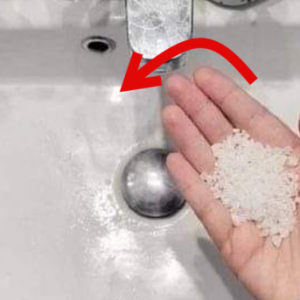In the fast-paced world of technology, it’s a common sight to see chargers plugged into outlets even when devices are fully charged. However, this seemingly harmless habit poses risks that often go unnoticed. Let’s delve into the reasons behind the imperative need to unplug your charger after use.
The Dangers of Persistent Charger Connection
Continuous Electricity Draw
One of the less-known perils associated with leaving chargers plugged in is the continuous draw of electricity. Even when not actively charging a device, chargers have components that consume a small amount of standby power. Over time, this seemingly negligible power consumption can accumulate, impacting both your energy bill and the environment.
Overheating Hazards
Chargers left plugged in are susceptible to overheating. The constant flow of electricity can lead to the degradation of internal components such as capacitors, ultimately reducing the charger’s lifespan. It’s essential to recognize that overheating is not merely an inconvenience; it’s a silent threat to the longevity of your charging equipment.
Fire Risk
While rare, the risk of fire is a serious concern when chargers remain continuously connected to power sources. Sudden voltage spikes can cause the charger to overheat, potentially reaching the point of smoking or igniting. Understanding this risk emphasizes the importance of addressing charger usage for the safety of your home.
Electrical Safety for Families
For households with young children or pets, a plugged-in charger with a dangling cord poses an electric shock hazard. Children and pets may tamper with or chew on the cords, unaware of the potential danger. Taking steps to address this risk ensures a safer environment for your loved ones.
Proactive Measures for Charger Safety
To mitigate the aforementioned risks and promote a safer charging environment, consider adopting these preventive measures:
Unplug Chargers When Not in Use: Reduce electricity consumption and minimize the risk of overheating by disconnecting chargers when they are not actively charging devices.
Regular Inspection of Chargers: Periodically check chargers for any signs of damage or wear. Identifying issues early can prevent potential hazards and extend the life of your charging equipment.
Secure Chargers and Cords: Keep chargers and their cords out of reach of children and pets. Implementing this simple measure can prevent accidents and ensure the well-being of your family members.
By being aware of these risks and implementing straightforward preventive measures, you not only contribute to a safer living environment but also extend the lifespan of your chargers. Stay informed and take action to safeguard both your household and your charging equipment from potential hazards.
Credit: Kuluckada





